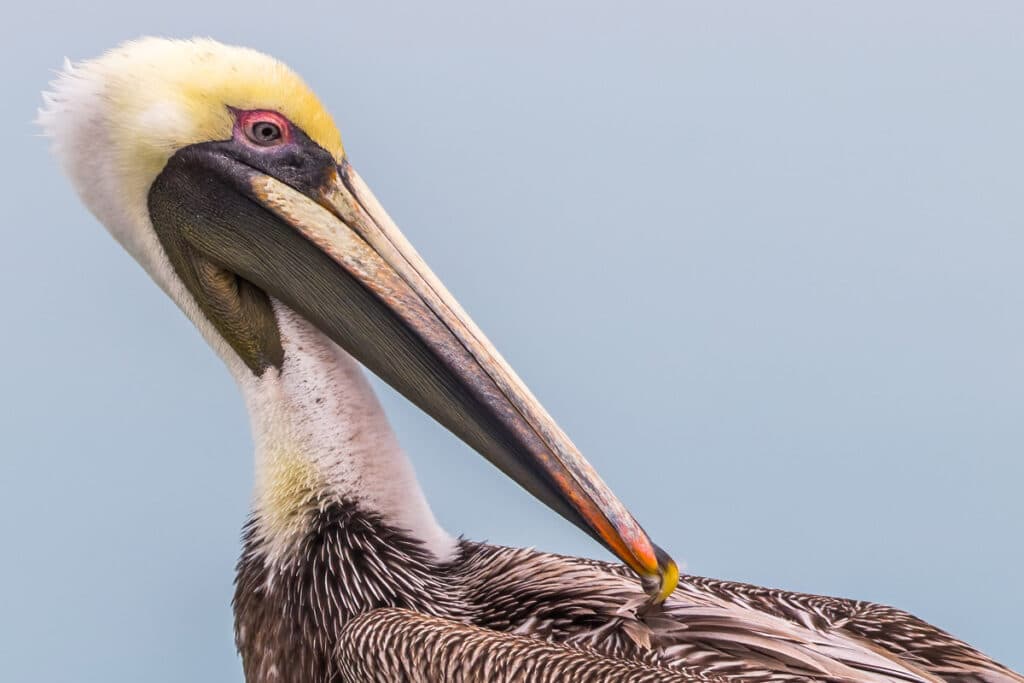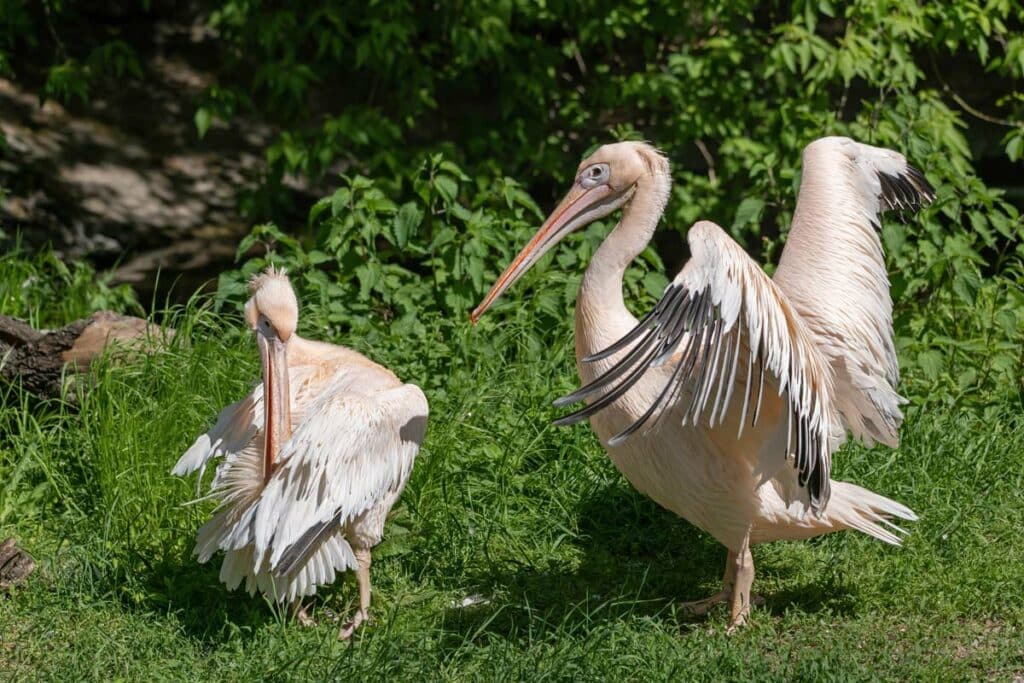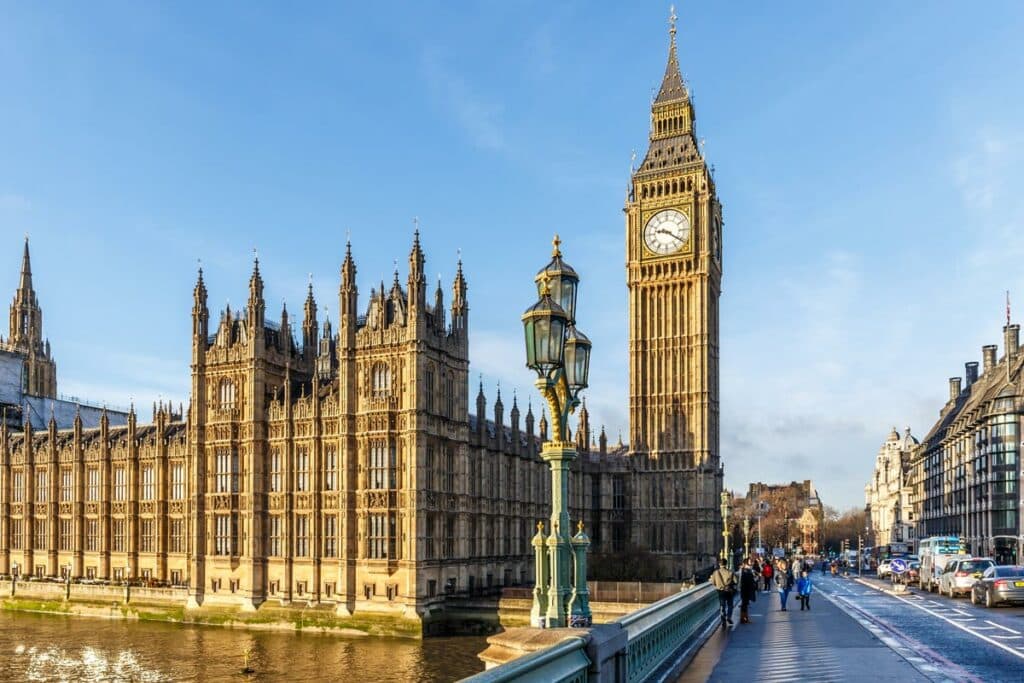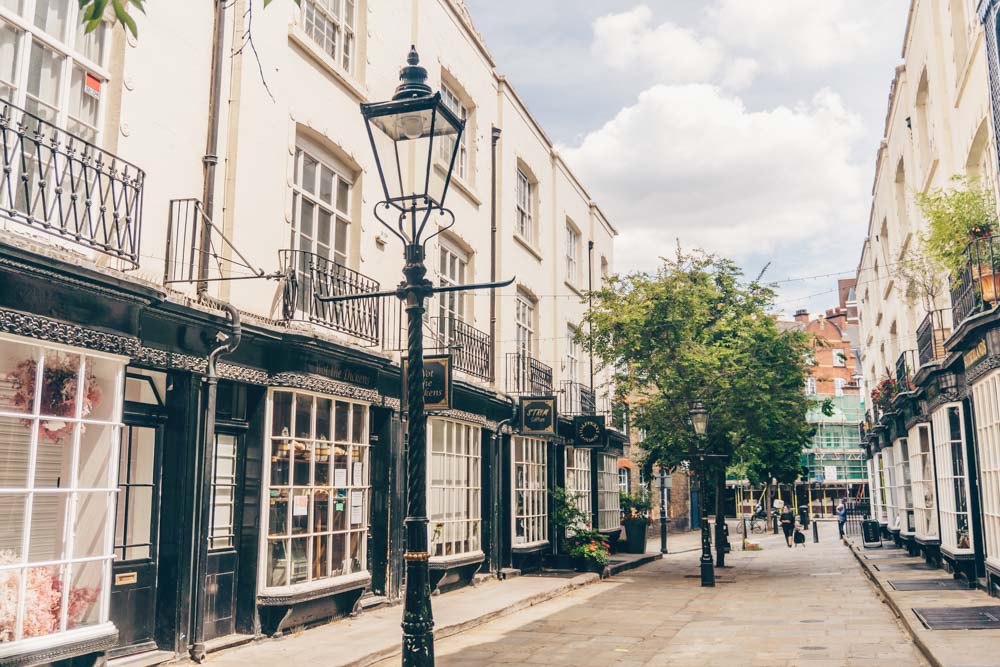St James’s Park? Is that the one with all the Pelicans? Yes, it is. Six of them, actually. And they’re quite a hit with Londoners and tourists alike, so we thought we’d let you know all about them.
Words by Alastair Reid Schanche
London is no stranger to some rather unusual creatures. You’ve got the pesky parakeets darting around the capital’s skies, while Richmond Park is home to plenty of stunning deer.
But it’s the pelicans we’ve kind of been obsessed with lately.
So here it is: the ultimate guide to the pelicans of St James’s Park.
Why Are There Pelicans in St James’s Park?
The well-beaked birds were first introduced in 1664 when the Russian ambassador presented a pair of them to Charles the 2nd.
It wasn’t as peculiar a gift as it sounds, Charles the 1st had aviaries in the park. He even kept camels and elephants there too. Today, the road bordering the south side of the park is still named Birdcage Walk.
And, though Charles met his end just up the road on Whitehall, the legacy of the pelican lives on. Today the park is home to six of them. Sun, Moon, Star, Tiffany, Isla and Gargi are their names, in case you were wondering.
They live on Duck Island, ironically. It’s certainly not pigeon island – more than once has a pelican scoffed down one of the city’s ubiquitous birds, to the horror of onlookers. Watch if you dare…
The island suits them as it’s far from predators (not sure what might be brave enough to attempt making a meal out of these), and because they can snack on fish from the lake between meals.
Pampered Pelicans
They’re fed by the park keeper at 2:30-3:00pm every day. You can head down there and watch. It happens from the bridge to Duck Island near the Horse Guards Parade entrance to the park.
Curious as to what these creatures eat? They’re treated to around 1.5-2kg of roach, a small freshwater fish, per day. Though in the summer they tend to get less as the ponds are brimming with newborn fish that the pelicans happily scoop up.
The park keeper is also on hand to make sure they don’t get away. Not a big job as most of them have had their wings clipped, but (fun fact alert) Gargi is actually a wild pelican.
She landed in a garden in Southend back in 1996 and was taken in by the garden’s owner, who quickly realised keeping a pelican was an expensive responsibility and asked Royal Parks to take her.
She’s lived in St. James’s Park since. And though she’s known, on occasion, to fly over to London Zoo for a second dinner, she always comes home.
A Few Facts about Pelicans

They are the second largest bird species in the world with a wingspan of up to three and a half metres and can weigh up to 15kg. The average lifespan of a pelican in the wild is 15-25 years, but they’ve been known to get much older in captivity.
Pelicans have personalities just like us humans. The more outgoing of the bunch are known to join people for a little repose on a park bench, people-watch from atop the pond’s railing, and even brush up on their family history (they’ve been caught at Pelican crossings).
Oh, and our favourite pelican fact – the collective noun for pelicans is a scoop. Giggle.
Turbulent Histories
Since 1664, over 40 pelicans have lived in the park. It’s not always been easy for the birds, they’ve been subject to parliamentary debate, quarantines and maybe even Cold War intrigue (more on that later).
And saddest of all, in the 1970s there was only one solitary pelican left in the park – she became known as the Lady in the Lake.
It was in the ’90s though that they became a hot topic for Lord Campbell of Croy, who raised concerns to his fellow ministers that no pelicans had been born on Duck Island for 300 years, proposing that pelicans also deserve normal life with a mate, and “the patter of little webbed feet.” Awwww.
As another minister rightly pointed out, pelicans only tend to mate in groups larger than ten. Adding extra pelicans might end up imposing on the happiness of the other rare ducks and fowl that call St. James’ home.
Pelicans and The Cold War
At the height of the Cold War, when the Russian ambassador to the UK extended the hand of friendship by offering some Russian pelicans for the park, the US ambassador got wind and decided they had to match the offer. A move that only exacerbated tensions.
As the story goes, the pelicans that the Americans sent didn’t get on with the Russians.
True to the age, there was a lot of posturing about whether either side were trying to sabotage the other. Until it turned out that the US pelicans were of a saltwater species and just didn’t like the fresh waters of St James’s Park.
Mistake realised and pelicans recalled, the Americans sent a fresh batch that ended up getting along just fine with their Russian counterparts. True again to the age, the story remains shrouded in the clandestine, with neither side confirming its truth.
The Pelicans Today
Most recently, in January of 2022, all six pelicans were moved to an isolated part of Duck Island to keep them safe from an outbreak of bird flu in the UK (probably wise considering all the pigeons they eat).
They weren’t gone long and are now back in full force. And, if you hadn’t clocked already, St. James’s Park is free to get into, so you can go see the pelicans without breaking the bank (and you know we love free things to do).
The park is open from 5:00am to midnight. Happy pelican-spotting!
The Pelicans of St James’s Park: Practical Information
- St. James’s Park is the nearest Tube station to the pelicans. It’s a very short walk from the Tube to Duck Island.
- The area of Westminster is surrounded by plenty of London’s major tourist attractions – make a day of it and explore them all. Big Ben, the London Eye, and Buckingham Palace are all just a short walk away from the park.



